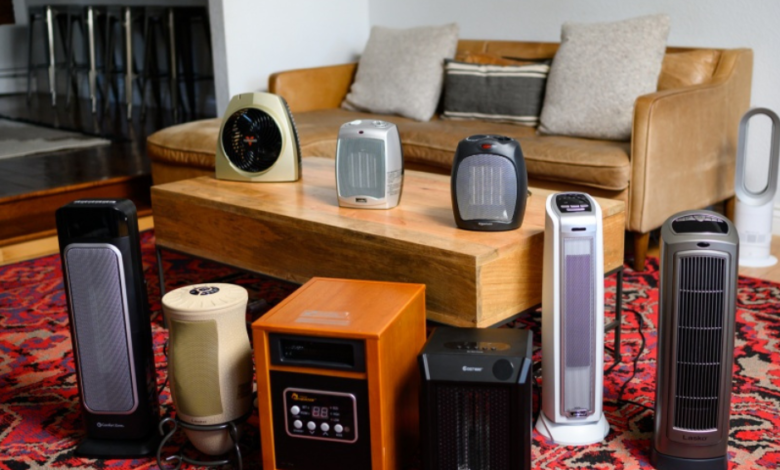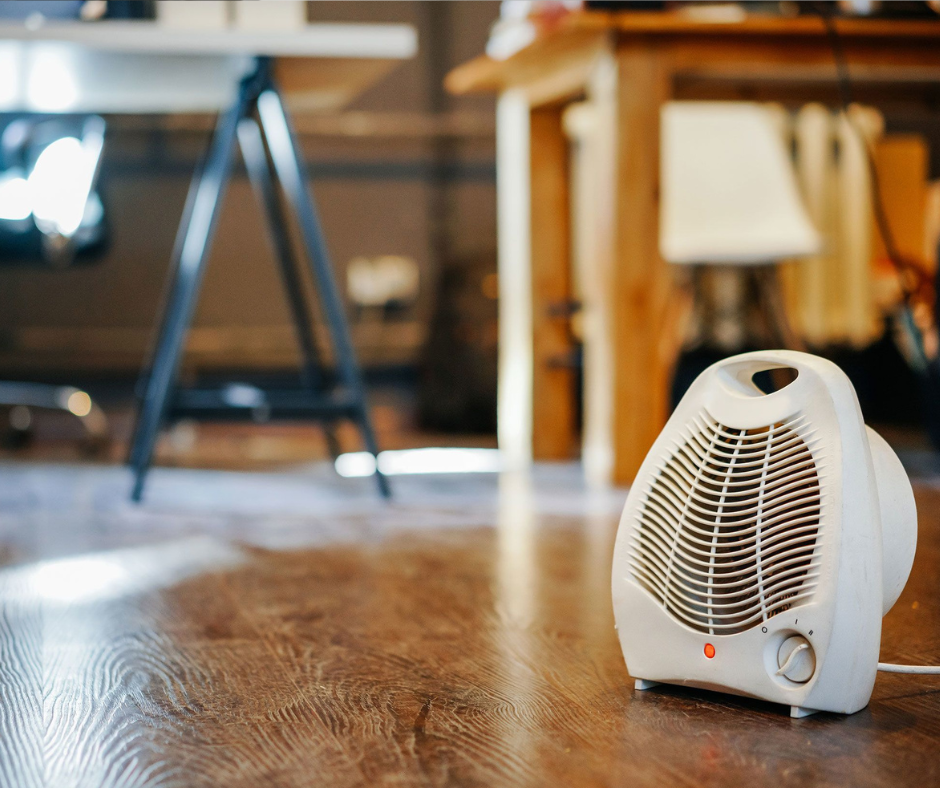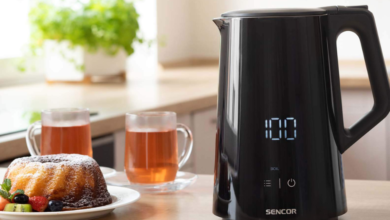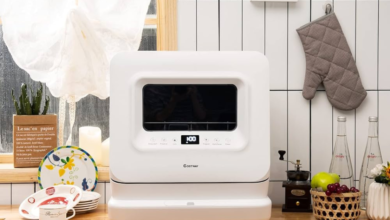Exploration Of Heater

Introduction:
A heater, the modern-day fire whisperer, harnesses the power of energy to breathe warmth into our lives. It’s the invisible comfort creator, a silent symphony of toasty tranquility that chases away the chill of winter and wraps us in a cozy embrace. Whether it’s a quiet, unassuming wall-mounted unit or a radiant masterpiece in the heart of a frigid room, a heater is the unsung hero that turns shivers into smiles.
Working Of Heater:
Heater Operation:
A heater is a device designed to produce and distribute heat, typically used to warm up indoor spaces. Here’s how it works:
- Energy Source:
Heaters require an energy source to function. Common sources include electricity, natural gas, propane, oil, or even solar power. The type of energy source depends on the heater’s design. - Heat Generation:
Heaters contain specific components like electric heating elements or burners that are responsible for generating heat. For instance, in an electric heater, electricity flows through heating elements, which resist the electrical current and convert it into heat. In a gas heater, a controlled flame heats the air. - Heat Transfer:
The generated heat is then transferred to the air, water, or other medium depending on the type of heater. This transfer can occur through conduction (direct contact), convection (movement of heated air), or radiation (emission of infrared heat waves). - Air Circulation:
Many heaters incorporate a fan or blower to circulate the warmed air throughout the room, ensuring an even distribution of heat. This circulating air helps maintain a consistent temperature in the space. - Temperature Control:
Heaters often come with a thermostat, which allows you to set and control the desired temperature. The thermostat continuously monitors the room’s temperature and signals the heater to turn on or off as needed to maintain the set temperature. - Safety Features:
To prevent overheating and accidents, heaters are equipped with safety features. These may include overheat protection, which automatically shuts off the heater if it gets too hot, and tip-over switches that turn off the heater if it’s knocked over.

Uses Of Heater:
Heaters serve a wide range of practical purposes in both residential and commercial settings. Their uses include:
- Space Heating:
Heaters are commonly used to warm individual rooms or areas in homes and offices. This can be in the form of portable space heaters, baseboard heaters, wall heaters, or underfloor heating systems. - Water Heating:
Water heaters, such as tankless heaters or storage tank heaters, are essential for providing hot water for bathing, cleaning, and various household tasks. - Central Heating:
In many homes, central heating systems, which often use furnaces or boilers, provide consistent warmth throughout the entire building. These systems circulate heated air or water to various rooms via ducts or pipes. - Industrial and Commercial Heating:
In industrial and commercial settings, heaters are used to maintain suitable temperatures for manufacturing processes, warehousing, and office spaces. - Vehicle Heaters:
Automotive heaters ensure comfort and visibility inside vehicles, particularly during cold weather. These heaters may also be used in boats and recreational vehicles. - Greenhouse Heating:
Greenhouse heaters help maintain a controlled environment for plants and crops by preventing frost and ensuring optimal growth conditions. - Medical and Laboratory Applications:
Precision heating systems are vital in laboratories and medical facilities to maintain specific temperatures for experiments, research, and storage of sensitive materials. - Food Service:
Heaters are used in commercial kitchens and food service establishments for cooking, food warming, and maintaining food-safe temperatures. - Construction and Drying:
Heaters are employed to accelerate the drying of construction materials such as paint, plaster, and concrete. They are also used for drying purposes in various industries. - Livestock and Poultry Farming:
Heaters are used in animal housing to maintain a comfortable temperature for livestock and poultry, particularly in colder climates.

Conclusion:
In conclusion, heaters are not just machines but creators of comfort, artists of ambiance, and guardians of well-being. They conjure a world where the cold is banished, and warmth is a constant companion, leaving an indelible mark on our lives.




